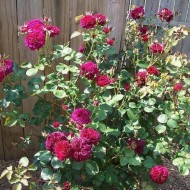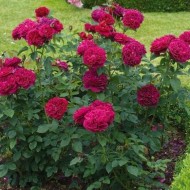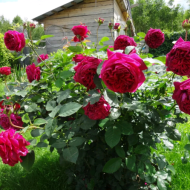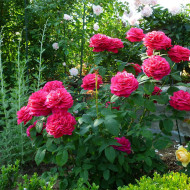Meet the English rose Falstaff: description and reviews
Content
- 1 The history of the origin of the variety
- 2 Description and photo of rose Falstaff
- 3 Advantages and disadvantages of the variety
- 4 Rose of Falstaff at a Glance Video
- 5 Differences in growing from other English roses
- 6 Dangerous diseases and pests of the variety
- 7 The use of the Falstaff rose in landscape design
- 8 Reviews of the rose Falstaff
The history of the origin of the variety
The famous purple park rose Falstaff was created by English breeder David Austin. He started breeding from a young age. Inspiration in his work was added by the main goal - to obtain classic large-flowered roses from old English varieties, which would be distinguished by repeated flowering. But his work was not immediately accepted and appreciated. It took Austin almost 60 years of painstaking work to get his wonderful terry early blooming roses to receive the recognition they deserve.
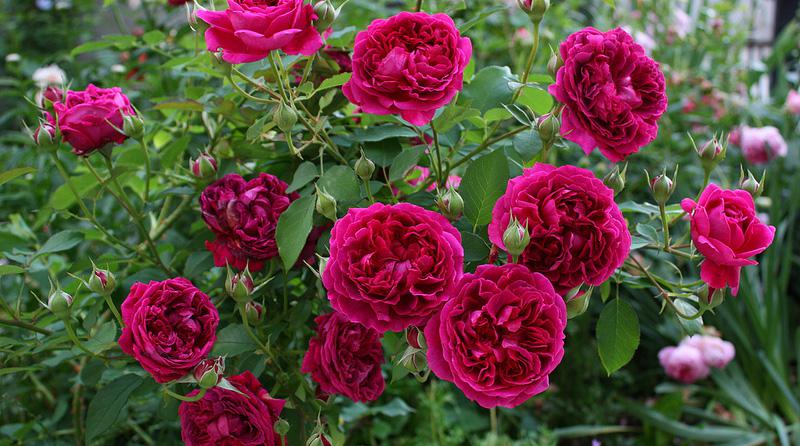
The unique flower got its name in honor of the beloved literary character of the author, faithful companion and companion of King Henry IV. But in professional catalogs the variety is listed under a different name - AUSverse. The new variety is based on the hybrid tea variety.
Description and photo of rose Falstaff
Austin's work in its scrupulousness resembles the creations of sculptors and the flower itself confirms the author's exactingness to form and color. Falstaff belongs to the climber - plants with long repeated flowering.
The culture is outwardly similar to the Blueberry Gora variety. The bush is upright, strong and densely branched. The many stems give the impression of climbing roses. That is why they are great for creating graceful hedges. Stems are powerful, straight, up to 1.5 m tall. Shoots grow fast, strong and thorny. The leaves are large, with a shiny glossy surface, rich green color. There are many leaves, 5 large leaves, more than 10 cm long, are collected on long cuttings.
The rhizome of the bush is very powerful and branched, goes deep into the soil (from 2 to 3 m). The flowers are large, cupped, up to 12 cm in diameter, dark crimson in color. Up to 45 pieces can appear on one shoot per season. The buds are of a less intense magenta color, but acquire a brighter hue as they bloom. Dense double flowers are so lush that the middle is not visible. The aroma of flowers is light and unobtrusive, reminiscent of the smell of rose oil, but spreads to a distance of one and a half meters.
Falstaff blooms twice and blooms for about three months, from late June to late September. The first wave of flowering is more abundant, but the quality of the flowers does not depend on the flowering period.
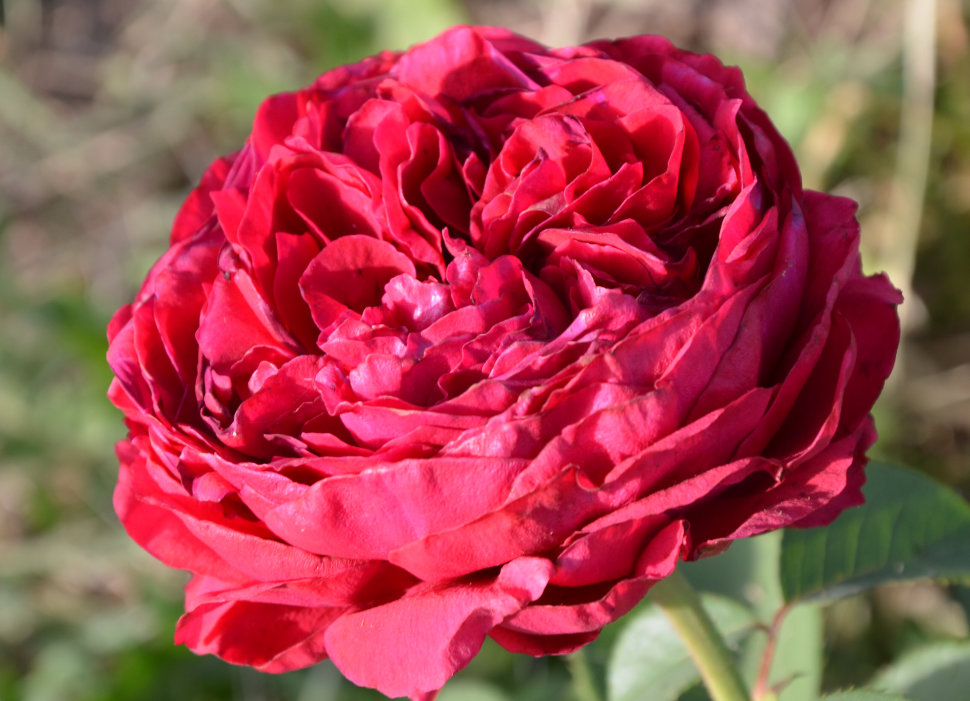
Advantages and disadvantages of the variety
The main goal that breeders pursue when creating a new variety is perfection in everything: from technical characteristics to appearance. Hybrid forms, to which Falstaff belongs, very often have no drawbacks. Rather, they can be called small minuses or nuances.
- excellent shape, bright color and persistent unobtrusive aroma;
- long flowering period;
- resistance to common diseases of roses (black spot, powdery mildew) and pests (very rarely attacked by aphids);
- high degree of frost resistance (the bush can withstand frost down to -30 ° C);
- resistance to short-term droughts.
- an abundant number of thorns, which greatly complicate the care of the flower.
Rose of Falstaff at a Glance Video
This video examines the main varietal characteristics of the flower.
Differences in growing from other English roses
Falstaff, although it belongs to the vast group of English roses, still has some nuances of agricultural technology.
Landing nuances
Unlike most English roses, Falstaff is not afraid of the sun and short drought. Therefore, it is recommended to plant it in an open, sunny place, it can be slightly shaded. But if you prefer a place near the house, then in any case you need to step back from the walls by 1.5 m. The soil should be slightly acidic or with neutral acidity. The site for planting must be prepared in the fall: dig it up, add cow dung or compost, and in the spring - complex mineral fertilizers for roses.
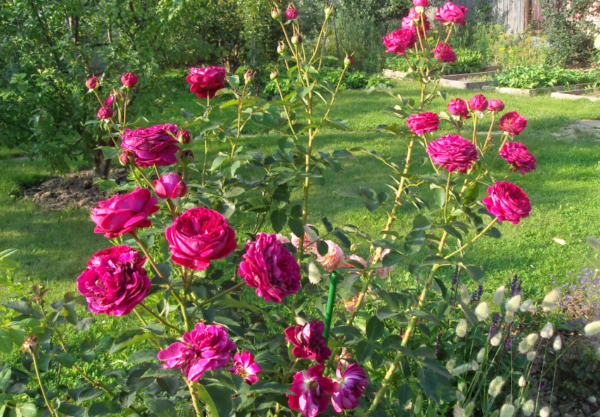
It is important that the site is protected from waterlogging as much as possible, and the groundwater is located at a depth of at least 2 m. Seedlings should be purchased only in specialized nurseries or flower trademark stores.
They buy planting material either directly on the day of planting or the day before. A bush with an open root system is placed in a growth stimulant solution for several hours. When planting, it is important to ensure that the root collar is a few cm below ground level.
How to care for a flower
The irrigation regime is determined based on the amount of precipitation in order to prevent waterlogging. Depending on this, the bush is watered 2 to 4 times a week. After each moistening, it is imperative to loosen the soil to ensure air access. You also need to regularly remove weeds. The bush is dense and abundantly leafy, so weeds will contribute to moisture retention, interfere with the access of air and sun to the root system.
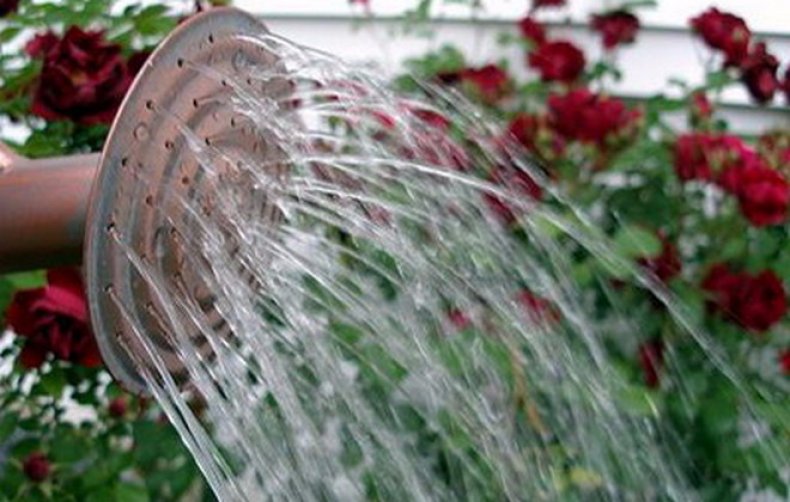
Pruning isn't just done in spring and fall. In the summer, it is important to prevent the overgrowth of the shoots and to remove the faded buds in time together with the crown immediately after wilting.
Falstaff is fed according to the standard scheme, but it is important not to overdo it with feeding, otherwise the bush will stop blooming and shed its leaves. You cannot use fresh organic matter as fertilizer for Falstaff.
In the southern regions of Falstaff, they are pruned and mulched for the winter. In the regions of the middle lane, they spud and surround with spruce branches. In the Urals and Siberia, it is recommended to equip the frame and cover the roses with a special covering material.
If the bush does not bloom, you need to look for errors in the care (lack of lighting, improper feeding or pruning, root shoots). Also, the cause of the problem may be a bacterial burn or the need to rejuvenate the bush.
Dangerous diseases and pests of the variety
Falstaff is highly resistant to diseases and pests. However, with prolonged damp and rainy weather, the rose can suffer from powdery mildew, rust, black spot. It is possible to treat these diseases with the help of copper-containing preparations, fungicides. But it is better to treat the bushes in spring with copper sulfate or Bordeaux liquid for prevention purposes.
Sometimes Falstaff can be attacked by a spider mite, sawfly, leafworm or thrips. Insecticides will help get rid of them quickly and effectively.
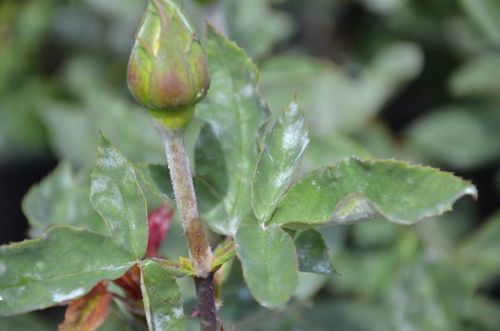
The use of the Falstaff rose in landscape design
Falstaff belongs to the group of roses that can be planted anywhere, depending on the degree of pruning. Short-cut shoots will perfectly decorate flower-bed arrangements. If you do not cut off the shoots, then they can be successfully used to decorate the pergola, arch, gazebo.
Falstaff can be planted with other roses of dull colors or simple in shape. Also, the flower goes well with medium-sized cereals, sage, heuchera, catnip, station.
- Fence decoration
- Solitary landing
- Plot decoration
- Monoclumba
- Vertical gardening
- Flower bed
Reviews of the rose Falstaff
“I really love roses, and there are no competitors for English flowers. I like all kinds of Ostinoks. So far I only grow Falstaff and Mary Rose. And they have no competitors in my garden. "
“A magnificent bushy bush with unique, large, bright flowers. I cut off the shoots and tie them to low trellises. It turns out to be an excellent fragrant recreation area near the gazebo. "
The appearance of the Falstaff rose is beyond doubt that it will favorably decorate not only any bouquet, but also the space. Culture will help create a romantic mood in your garden design and will become its highlight.

